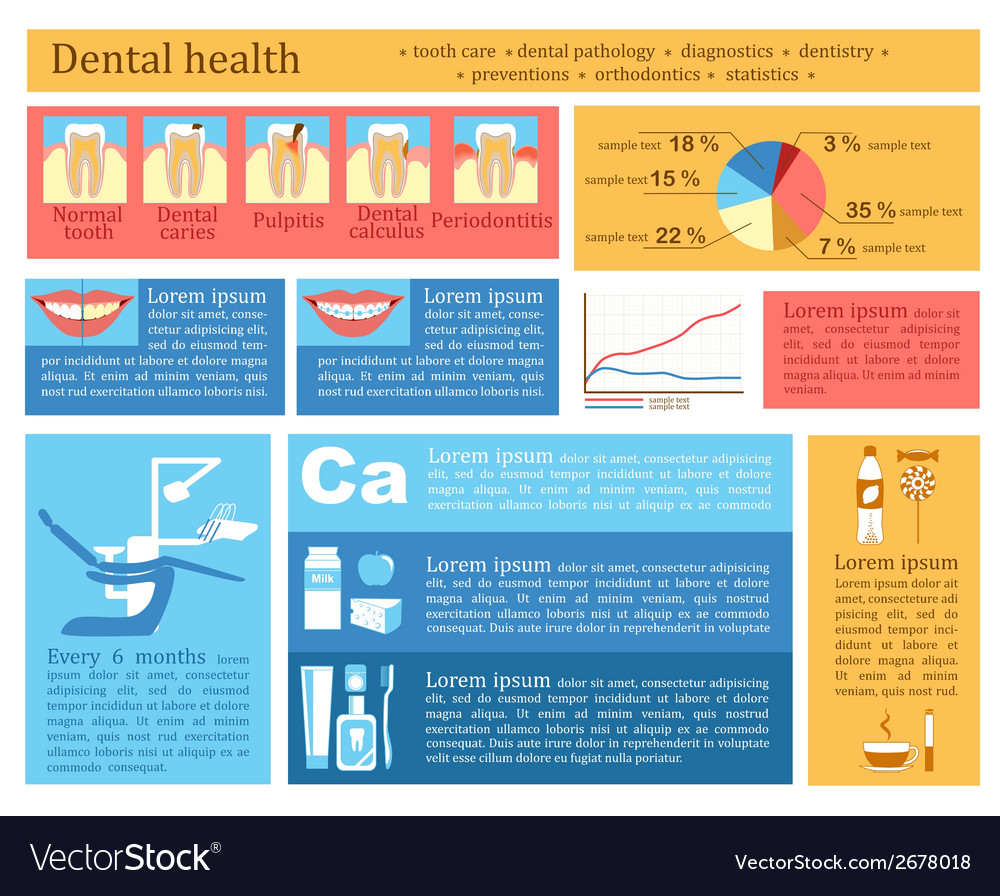The Horizon Of Dental Surgery: Revolutionary Innovations And Enhancements Forming The Career
The Horizon Of Dental Surgery: Revolutionary Innovations And Enhancements Forming The Career
Blog Article
Post By-Reeves Mccall
Invite to the globe of oral surgery, where developments and developments are forming the future of the area! In this exciting realm, you'll witness the transformative power of robotics, the innovative marvel of 3D printing, and the game-changing influence of minimally intrusive methods.
The future of oral surgery holds a promise of precision, performance, and improved client end results. With the help of advanced robotics, doctors are able to perform intricate procedures with higher accuracy and control.
3D printing innovation is revolutionizing the production of dental implants and prosthetics, offering personalized services that fit seamlessly right into each person's distinct anatomy.
Additionally, minimally no prep veneers austin are reducing post-operative discomfort and recovery time, enabling people to go back to their lives earlier.
Prepare to check out the exciting developments and breakthroughs that are reshaping the landscape of oral surgery!
Improvements in Robotics
One significant development in oral surgery is the use of robotic modern technology, which allows for accurate and effective procedures. With the help of robot systems, dental specialists have the capability to do intricate surgical treatments with improved precision, lessening the risk of human error.
These robot systems are equipped with advanced imaging technology and exact tools that make it possible for surgeons to browse with elaborate physiological structures effortlessly. By making use of robot innovation, cosmetic surgeons can accomplish greater surgical precision, leading to enhanced individual results and faster recovery times.
Furthermore, making use of robotics in oral surgery allows for minimally intrusive treatments, decreasing the injury to bordering tissues and promoting faster healing.
3D Printing in Oral Surgery
To improve the field of dental surgery, you can discover the subtopic of 3D printing in dental surgery. This cutting-edge technology has the prospective to revolutionize the way oral surgeons operate and treat patients. Right here are 4 essential ways in which 3D printing is shaping the area:
- ** Customized Surgical Guides **: 3D printing permits the development of very accurate and patient-specific surgical overviews, improving the accuracy and effectiveness of procedures.
- ** Implant Prosthetics **: With 3D printing, dental doctors can create customized dental implant prosthetics that flawlessly fit a client's distinct composition, leading to better end results and individual satisfaction.
- ** Bone Grafting **: 3D printing enables the manufacturing of patient-specific bone grafts, lowering the requirement for conventional implanting techniques and boosting recovery and healing time.
- ** Education and learning and Training **: 3D printing can be utilized to create reasonable surgical models for instructional purposes, enabling dental surgeons to exercise complex treatments prior to executing them on individuals.
With its possible to boost accuracy, personalization, and training, 3D printing is an exciting advancement in the field of oral surgery.
Minimally Intrusive Strategies
To further advance the field of dental surgery, accept the potential of minimally invasive methods that can considerably benefit both specialists and clients alike.
Minimally intrusive techniques are changing the area by minimizing surgical injury, reducing post-operative discomfort, and speeding up the recovery process. These methods include utilizing smaller sized lacerations and specialized tools to perform treatments with precision and effectiveness.
By making use of sophisticated imaging modern technology, such as cone beam of light computed tomography (CBCT), cosmetic surgeons can accurately plan and perform surgical treatments with minimal invasiveness.
In addition, the use of lasers in oral surgery allows for precise cells cutting and coagulation, leading to decreased bleeding and minimized healing time.
With minimally intrusive techniques, clients can experience much faster recovery, reduced scarring, and improved end results, making it a vital facet of the future of dental surgery.
relevant web page , as you can see, the future of oral surgery is incredibly appealing, with amazing innovations and breakthroughs forming the field.
From the developments in robotics to making use of 3D printing and minimally intrusive strategies, dental specialists are changing the method they provide treatment.
While some may worry about the potential price associated with these developments, it is very important to bear in mind that these technologies inevitably improve person outcomes and minimize recuperation time, making them well worth the financial investment in the long run.
